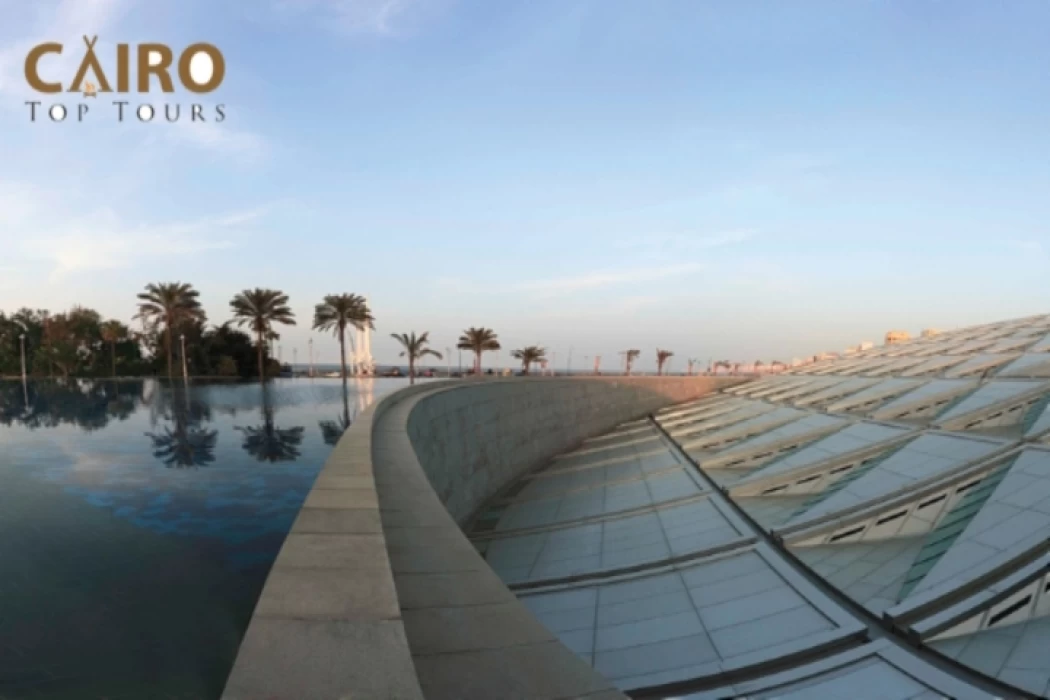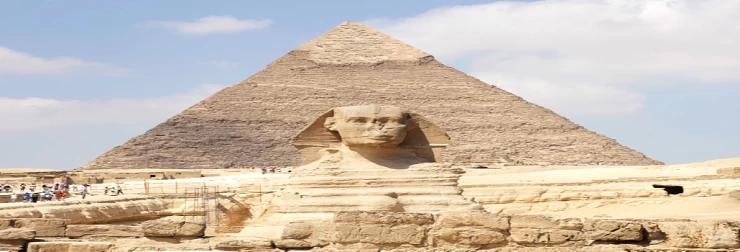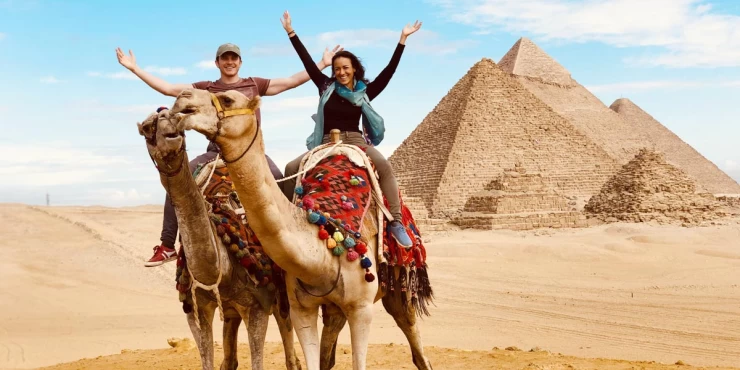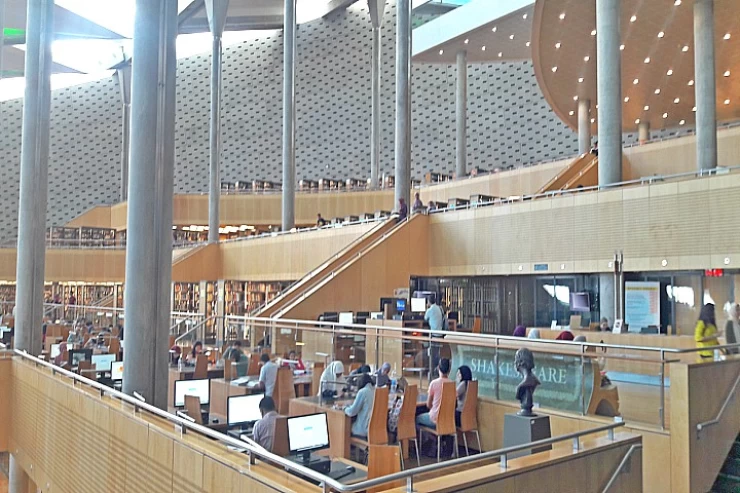
library of alexandria through the history
Library of Alexandria
This library is considered one of the oldest, most important, and most comprehensive libraries in history. It was an important center for science and scientists in the past and included the most important books of this era. Now the modern library includes some of the most important books in the world and is an important historical, cultural, and tourist center for Egypt.
The Library of Alexandria in the past
The library was once famous worldwide for its books and manuscripts of the most important writers in history. It is also the oldest government library in history, as it includes Egyptian and Greek writings. This is because the Hellenistic period was a period of science and development, not a period of wars, which paved the way for scientists and authors to be creative; even the rulers of this era helped the authors, and some of them were interested in writing, such as Ptolemy II Philadelphus.
Who burned the old library?
Many say that it was Julius Caesar who set fire to more than 100 ships in the Mediterranean during his war against Cleopatra and that the fire reached the library and burned it. There are other opinions; for example, they say that there was a Roman emperor after that who burned it, and there are those who say that the Christians burned it, and there are those who say that the Muslims burned it, and this is not certain, but what we know is that the ancient Library of Alexandria was burned, and with it a lot of knowledge and history was burned.
Current Library
There have been attempts to find another library with the same character as the old library, but it likes the modern style. Many tried until President Mubarak tried to build it. With UNESCO to revive the old library that was a beacon of knowledge and scholars, as he wanted to create another beacon, to become the first digital library of this century and to have another library bearing the name of Alexandria and containing many important books, as it has millions of books and many museums and cultural exhibitions and many wonderful things that make it a great cultural edifice.
The Library of Alexandria was the world's largest library it was established by King Ptolemy I and it housed about 900,000 manuscripts throughout his reign.
The original library had all the article's secrets regarding the traditional civilization of Egypt.
Library of Alexandria
Its destruction has been attributed to totally different actors, however, no version has been tried, the sole clear issue is that it finally disappeared, and it was not till 1987 that a world project wanted to rescue the cultural significance of the location and therefore the image it represents, began the legendary collective imagined library of humanity. UNESCO coordinated the project and eventually, the name the Alexandria Library, it was formally opened in 1996.
As well to its massive archive, which can withstand carrying about twenty million copies, and a space for over 2,000 simultaneous scholars, it also has a planetarium, and a Science Museum, one for calligraphy and the other one for archaeology, in addition to a laboratory of restoration, a modern printing press and a library specialized for children and people with special abilities.
Discover the Bibliotheca of Alexandria and many other monuments in the city that was built by the legendary Macedonian ruler Alexander the Great in 332 B.C. by booking the traditional day tour to Alexandria from Cairo to enjoy the best atmosphere in the whole country of Egypt.
Sitting on the shores of the Mediterranean Sea in Alexandria, the Bibliotheca Alexandrina is a stunning monument to one of the most famous primal libraries. The New Library of Alexandria is designed in modern architectural design, houses an incomprehensible variety of materials, and utilizes the latest available technological advancements; thus, the New Library of Alexandria has become a beacon of information and heritage for researchers and tourists alike. In this article, we investigate the exceptional history and remarkable achievements of Bibliotheca Alexandrina, including its establishment, architectural design, collections, and contribution to education and intercultural communication today.
The Library of Alexandria, which first came into existence around the 3rd century before the Common Era, was an ancient library in the world that was massive and of great geographical significance. It captured the brainpower of Alexandria in that scholars and learned men and women from every part of the globe trooped in to learn, converse, and even teach. Even though the old library was unfortunately burned down to ashes, its memory has been able to motivate the entire world positively.
In the late 20th century, Egypt was involved in far-reaching activities to undertake this effort, with the help of UNESCO and several countries around the world. The purpose was to create a modern library that would also incorporate an area for educational and communal interactions rather than a boring storage place for books. This she envisaged for completion in the year 2002 with the formal launch of the Bibliotheca Alexandrina, a newly built facility located in proximity to the ancient library of Alexandria.
The edifice, whose creation was by the Norwegian architecture firm Snøhetta, has quite interesting traditional and modern architecture. The building structure of Bibliotheca Alexandrina, takes the form of a huge blunt disk at an angle, symbolizing the sun of knowledge, which brings light to Alexandria and other places. The design is well thought out to retain the historical, cultural, traditional, and ethnic values of Egypt in building a modern center.
One of the most notable elements of the library is the granite wall that surrounds the building and has engravings in 120 languages illustrating the people's linguistic richness. This very well represents the ideals of the library, which is to become a place for everyone everywhere, a true learning and inclusive center. Another characteristic feature of the construction is its sloping roof, which enables the penetration of sunlight in the interior, providing a calm and pleasant ambiance conducive to reading, working, or admiring the structure.


















